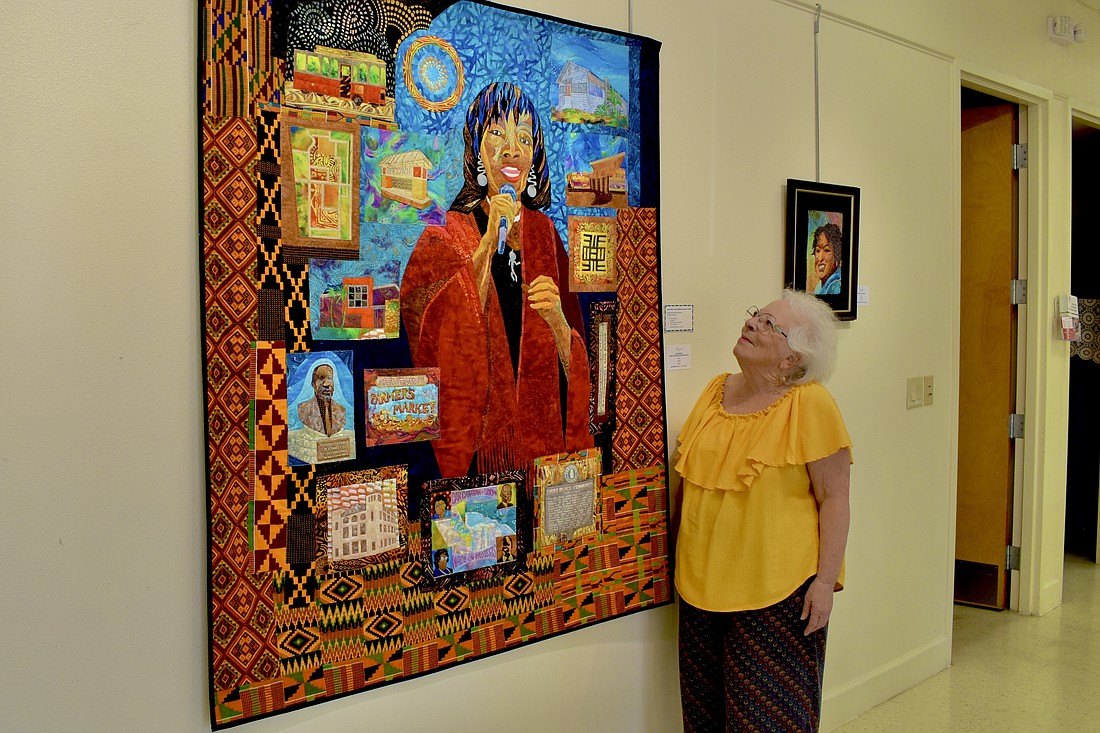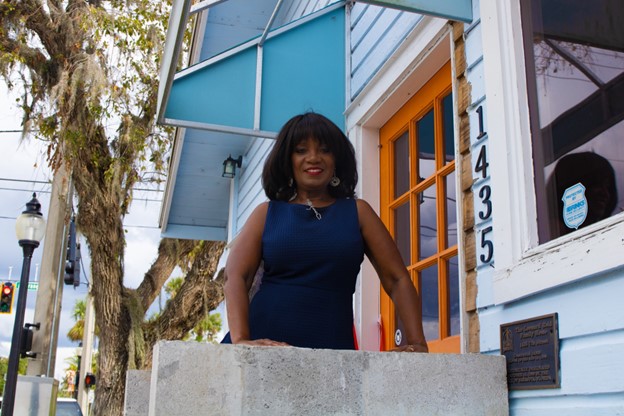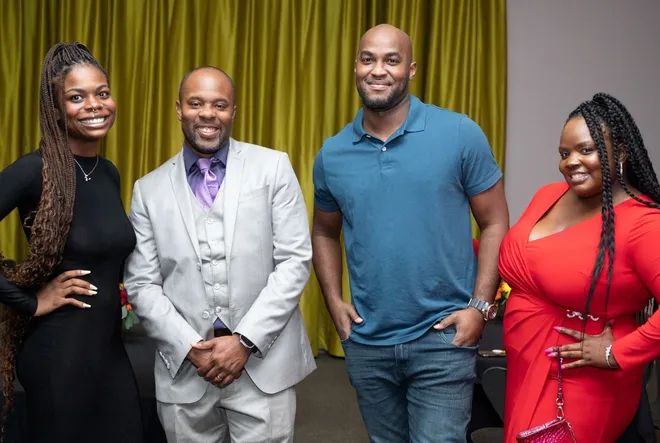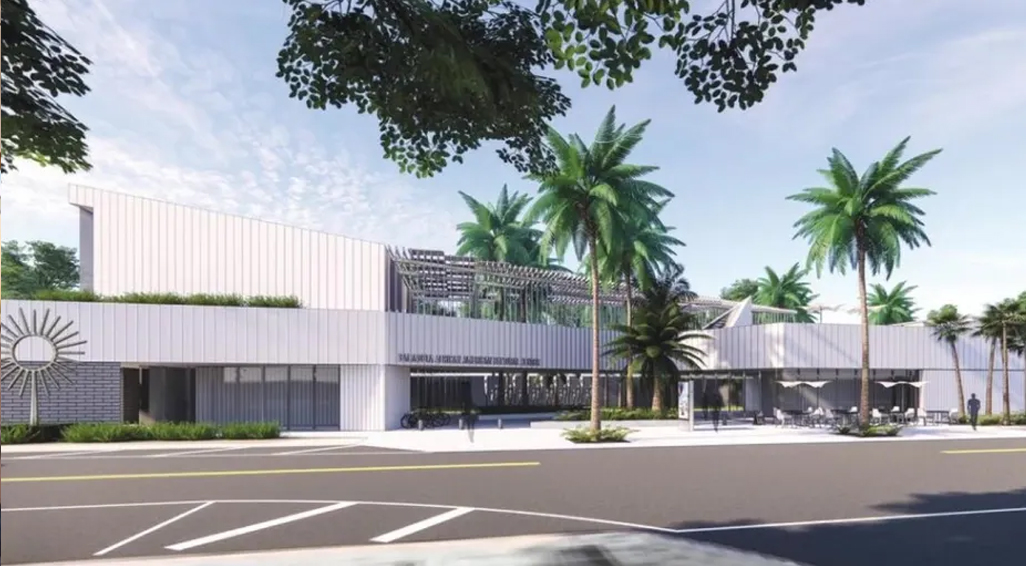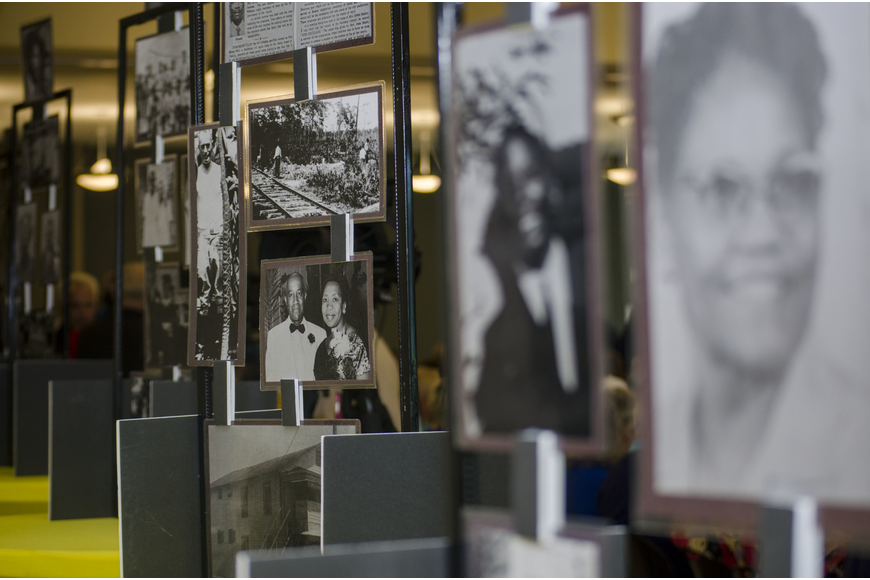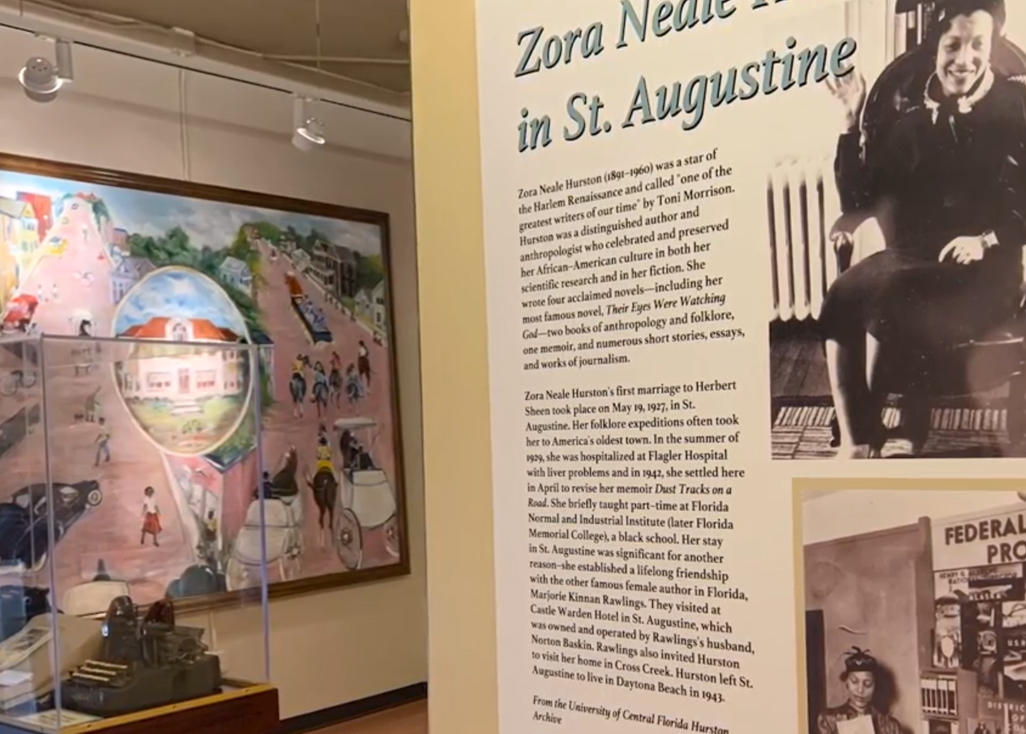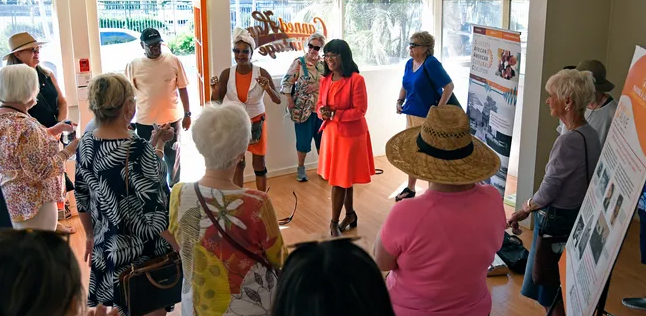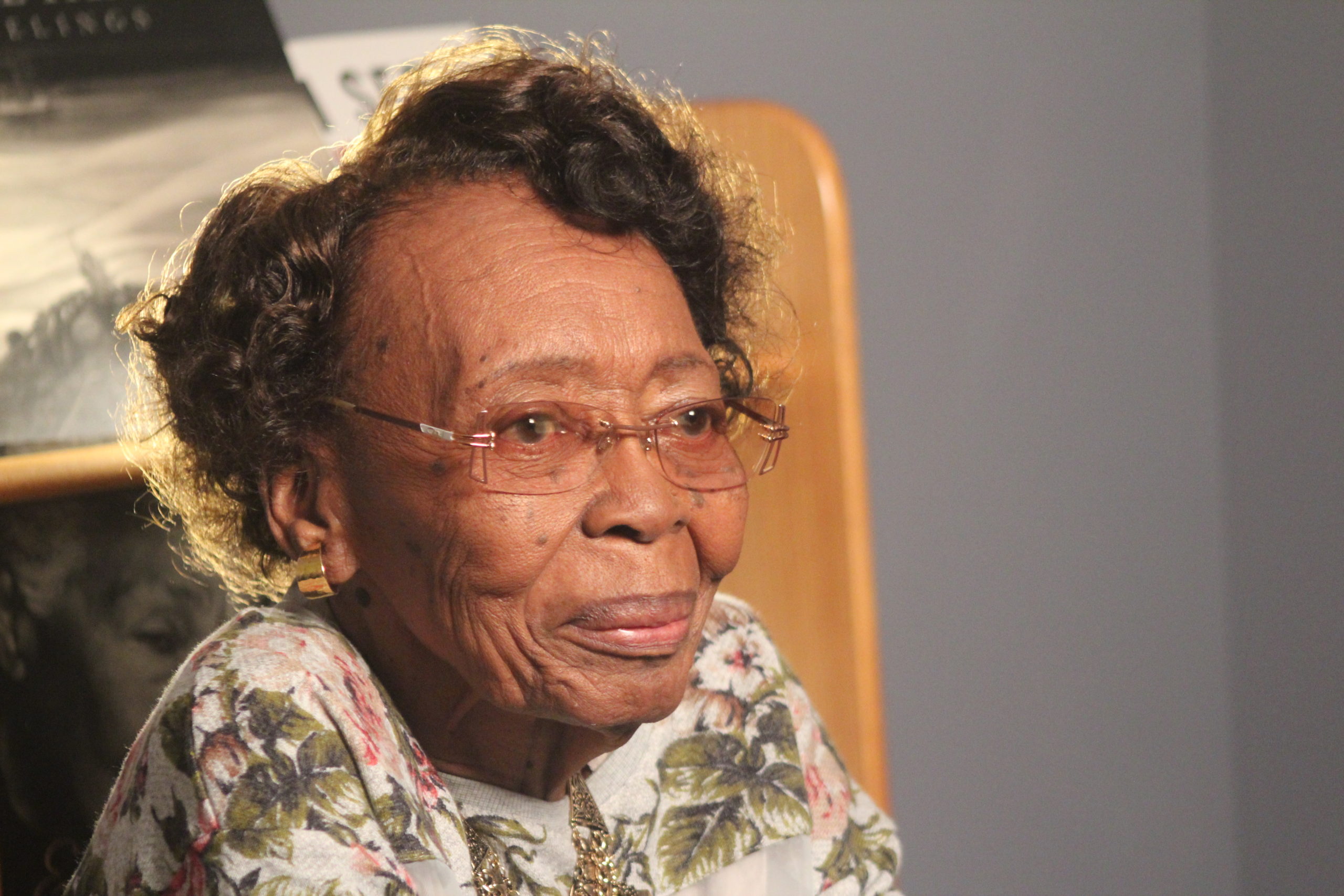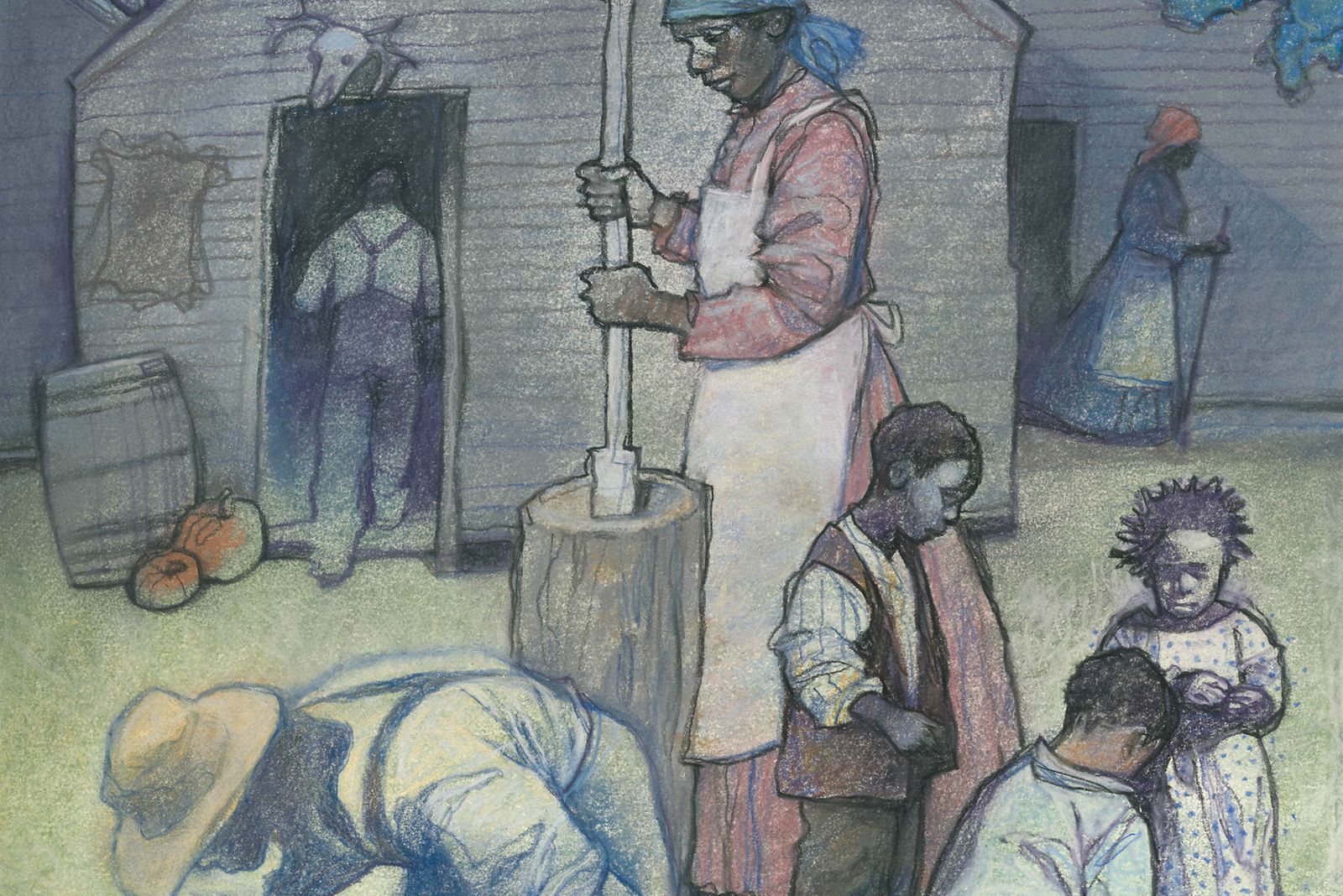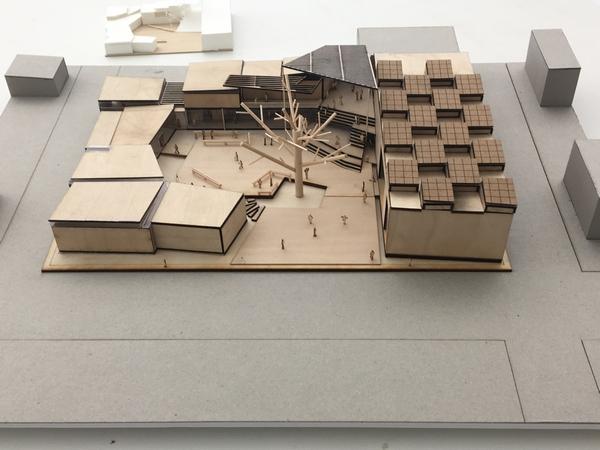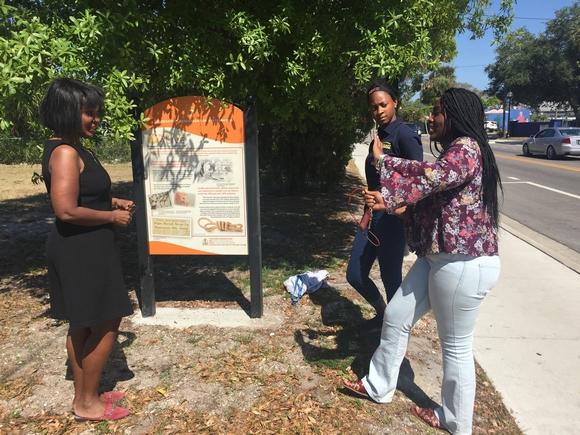Vickie Oldham initially learned about Peg Green’s new art quilt but only truly felt its emotional impact when she visited Green’s home to see it in person. The quilt, titled “Leadership: Vickie Oldham, Newtown Alive,” symbolized progress in Oldham’s work in preserving the history of Newtown, a predominantly Black community in Sarasota. Oldham, the president and CEO of the Sarasota African American Cultural Coalition and the leader of the Newtown Alive project, was deeply moved by the quilt’s depiction of various locations in Newtown and its central portrayal of herself.
Peg Green, an artist specializing in art quilts, found inspiration for the Newtown quilt after taking a trolley tour of Newtown with Newtown Alive. She was drawn to the neighborhood’s sense of community and its rich history within the Sarasota area. Green’s exhibition featuring the Newtown quilt, “Witness!” at the Unitarian Universalist Church of Sarasota, reflects her commitment to social justice and making untold stories public.
Green’s meticulous process involved extensive research, photography, and the use of thousands of different fabrics to bring the quilt to life. The quilt includes significant aspects of Newtown’s history, such as the desegregation of Sarasota’s beaches and important community landmarks. The creation of the quilt took approximately one-and-a-half months, and its future placement is still being determined.
Oldham expressed gratitude for Green’s contribution to telling the community’s story through her art, emphasizing the powerful impact of the quilt in sharing the history of Newtown. The quilt serves as a testament to the vision of engaging individuals like Green to use their talents to preserve and celebrate the community’s heritage.

